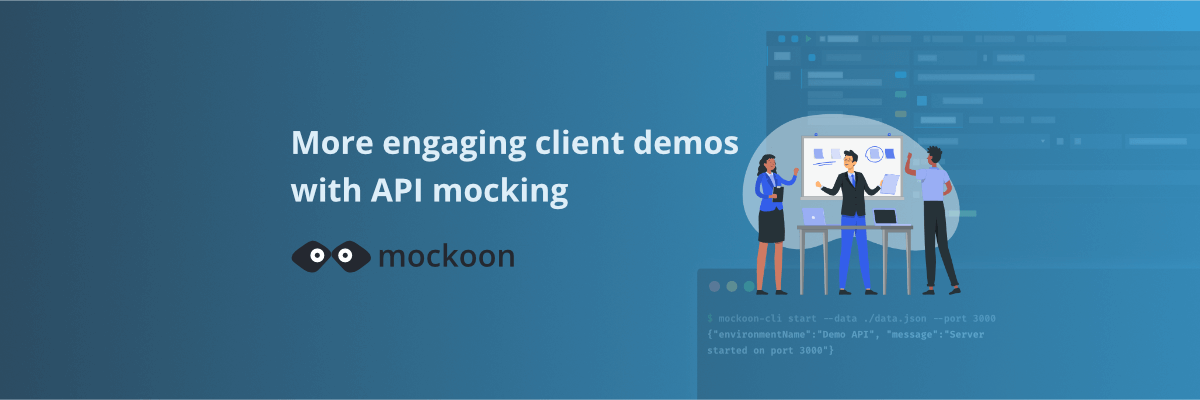
More engaging client demos with API mocking
Create engaging client demos with API mocking by simulating realistic scenarios, customized responses, and interactive experiences without relying on live systems
Realistic simulations
Creating engaging client demos can be challenging when relying on live systems that are prone to failure or interruptions. Mock APIs allow you to simulate realistic scenarios, ensuring a smooth and uninterrupted presentation. This approach provides clients with a realistic preview of the application's capabilities and features, increasing their engagement and interest.
💡 Follow our getting started guide to see how you can use API mocking to speed up your developer onboarding process.
Customized scenarios
Mock APIs enable you to create customized scenarios tailored to the client's specific needs and requirements. By simulating different responses and edge cases, you can demonstrate how the application behaves under various conditions, such as success, error, or timeout. This approach allows clients to see the application's robustness and reliability, increasing their confidence in its capabilities. It's also a powerful tool to quickly demonstrate an integration with a third-party service without relying on its availability. If something comes up during the demo, you can easily switch to a different scenario to showcase other features or functionalities.
Interactive demos
By leveraging mock APIs, you can create interactive demos that allow clients to explore the application's features and functionalities in real-time. This approach provides clients with a hands-on experience, enabling them to interact with the application and see how it responds to different inputs and actions. Interactive demos help clients better understand the application's capabilities and benefits, increasing their engagement and interest in the project.
Reduced dependency on live systems
Relying on live systems for client demos can be risky, as they are prone to failures, interruptions, and performance issues. Mock APIs reduce your dependency on live systems, allowing you to create engaging and realistic demos without the risk of disruptions. This approach provides clients with a seamless and uninterrupted experience, ensuring that they can focus on the application's features and functionalities without any distractions.